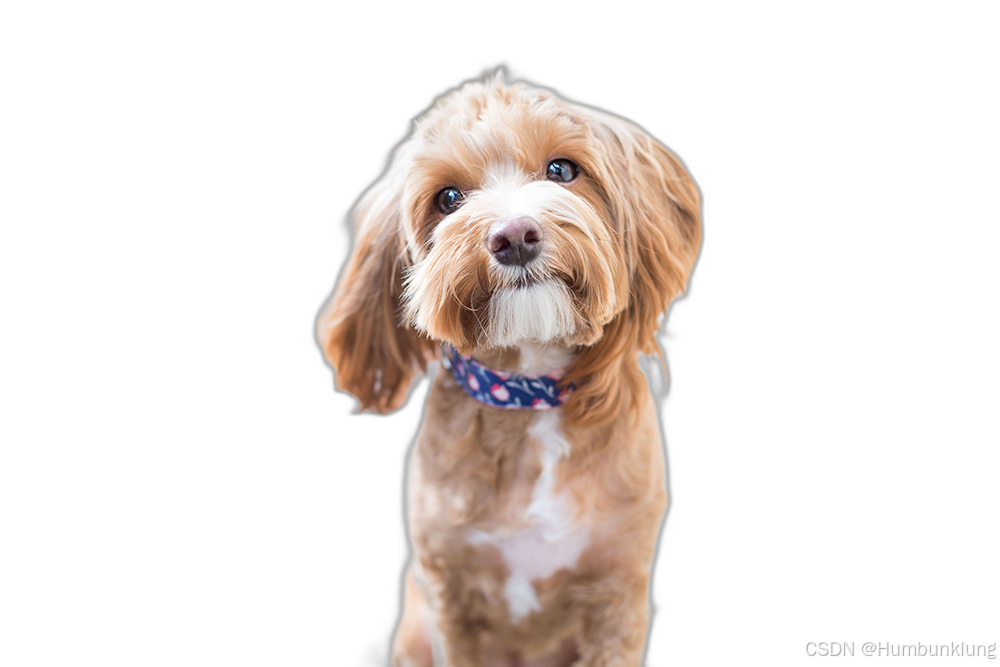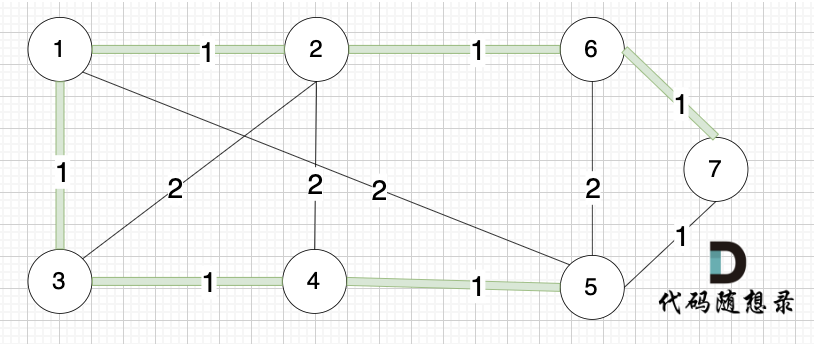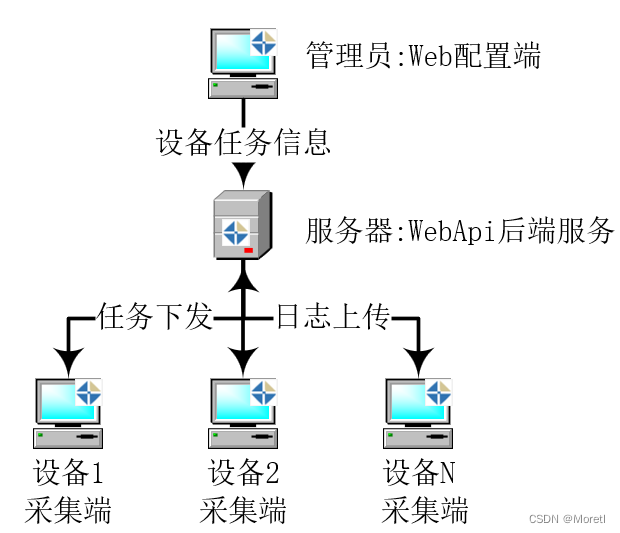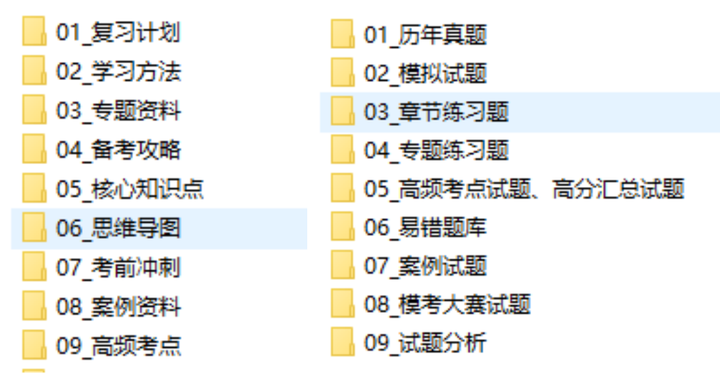OpenCV去除图像背景
去除图像背景,需要综合使用二值化(thresholding)、腐蚀(erosion)、膨胀(dilation)以及位运算(bitwise operations),代码如下:
#include "opencv2/imgcodecs.hpp"
#include "opencv2/highgui.hpp"
#include "opencv2/imgproc.hpp"
#include <iostream>
using namespace cv;
int main(int argc, char** argv)
{
CommandLineParser parser(argc, argv, "{@input | dog.jpg | input image}");
// Read an image
Mat src = imread(samples::findFile(parser.get<String>("@input")));
if (src.empty())
{
std::cout << "Could not open or find the image!\n" << std::endl;
std::cout << "Usage: " << argv[0] << " <Input image>" << std::endl;
return EXIT_FAILURE;
}
// Convert the image to grayscale
Mat grayImg;
cvtColor(src, grayImg, COLOR_BGR2GRAY);
// Remove the background using a threshold
// median filter is applied to reduce noise in the image
// ksize is 5
Mat grayImgBlurred;
medianBlur(grayImg, grayImgBlurred, 5);
// A binary threshold is applied to the grayscale image using a threshold
Mat binaryImg;
double thresh = threshold(grayImgBlurred, binaryImg, 150, 255, THRESH_BINARY_INV);
// Output the thresh
std::cout << thresh << std::endl;
// The binary image is eroded to remove small objects and fill in small gaps using erode
Mat erodedMask;
erode(binaryImg, erodedMask, getStructuringElement(MORPH_RECT, Size(3, 3)), Point(-1, 1), 2);
// The binary image is dilated to expand the remaining foreground objects # and fill in gaps using dilate
Mat mask;
dilate(erodedMask, mask, getStructuringElement(MORPH_RECT, Size(3, 3)), Point(-1, 1), 2);
// The original input image is combined with the binary mask using bitwise_and
Mat backgroundRemovedImg;
bitwise_and(src, src, backgroundRemovedImg, mask);
// Display the processed images
imshow("Background Removed Image", backgroundRemovedImg);
waitKey(0);
return EXIT_SUCCESS;
}
###Background removal is removing the background from an image
import cv2
# Read an image
img = cv2.imread('../data/dog.jpg')
# Convert the image to grayscale
gray_img = cv2.cvtColor(img, cv2.COLOR_BGR2GRAY)
# Remove the background using a threshold
# median filter is applied to reduce noise in the image
gray_img = cv2.medianBlur(gray_img, 5)
# A binary threshold is applied to the grayscale image using a threshold
ret, thresh = cv2.threshold(gray_img, 150, 255, cv2.THRESH_BINARY_INV)
# The binary image is eroded to remove small objects and fill in small gaps using erode
mask = cv2.erode(thresh, None, iterations=2)
# The binary image is dilated to expand the remaining foreground objects # and fill in gaps using dilate
mask = cv2.dilate(mask, None, iterations=2)
# The original input image is combined with the binary mask using bitwise_and
background_removed_img = cv2.bitwise_and(img, img, mask=mask)
# Display the processed images
cv2.imshow('Background Removed Image', background_removed_img)
# Wait for a key press and then close the windows
cv2.waitKey(0)
cv2.destroyAllWindows()
原图:

处理后:

显然,这个结果并不美丽,我们可以尝试修改参数修正,但结果总是难以令人满意。于是采用更好更省事的办法,引用rembg库,调用u2net模型,去除背景。
使用rembg库去除图像背景
rembg库地址为:https://pypi.org/project/rembg/,这是一个基于机器学习模型的库,安装命令如下:
pip install rembg
如果有CUDA,可以安装GPU版:
pip install rembg[gpu]
使用该库,去除图像背景的代码如下:
### For background removal using rembg library
from rembg import remove
import cv2
#input path for image
input_path = '../data/dog.jpg'
output_path = 'output.png'
#read the image
input = cv2.imread(input_path)
output = remove(input)
# save the image
cv2.imwrite(output_path, output)
# Display the processed images
img = cv2.imread('output.png')
cv2.imshow('Background Removed Image', img)
# Wait for a key press and then close the windows
cv2.waitKey(0)
cv2.destroyAllWindows()
运行效果如下:

效果较之于第一种方法,更简洁,当然,安装的包也是很多的。


















